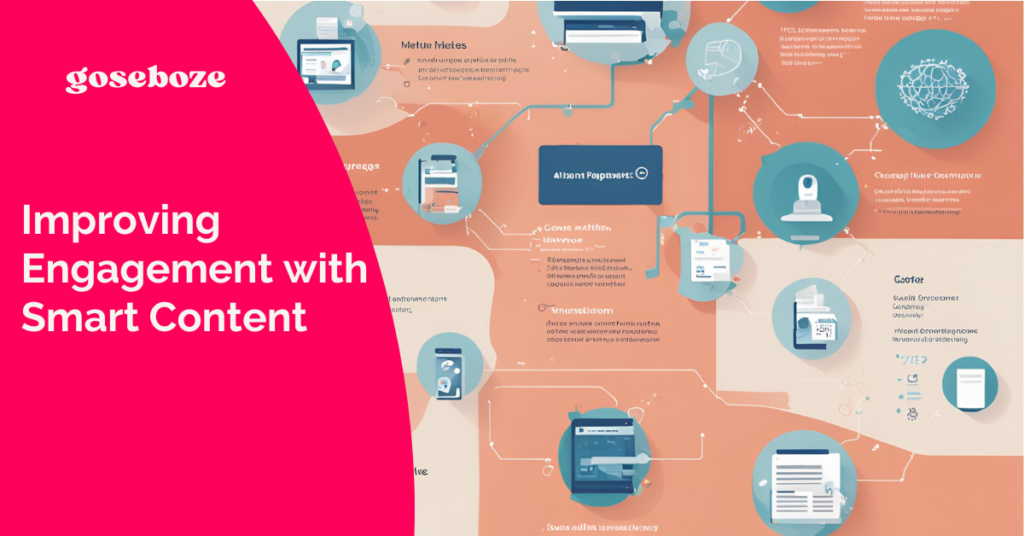As technology advances, artificial intelligence (AI) plays a pivotal role in transforming user interfaces (UIs). The capabilities of AI art generator tools are just the tip of the iceberg when it comes to personalizing and enhancing user experiences.
This technology is setting the stage for a new era of interface design, where personalization is not just an option but a standard. This article explores how AI is reshaping the future of user interface personalization.
Tailoring User Experiences
AI’s ability to quickly and accurately analyze large volumes of data allows for a more tailored
user experience. By understanding individual user preferences, behaviors, and interactions, AI can customize UI elements to meet each user’s unique needs.
For instance, a streaming service might adjust its interface to highlight genres and shows that align with viewers’ past viewing habits, enhancing their browsing experience.
AI can dynamically adjust the UI based on the context in which the device is being used. Whether adjusting font sizes for readability in different lighting conditions or suggesting apps based on location, AI-driven personalization makes technology more intuitive and user-friendly.
Enhancing Accessibility
Personalization through AI also makes interfaces more accessible to people with disabilities. AI
can detect and adapt to the needs of users with visual or hearing impairments. For example, by changing color contrasts for better visibility or by providing real-time speech-to-text features to aid communication.
These enhancements are crucial for inclusivity, ensuring that technology serves a broader audience and improves the quality of life for all users. By automating these adjustments, AI creates a more inclusive environment and encourages more people to engage with technology confidently.
Adobe Firefly states, “Making different kinds of images quickly can be a good way to get out of
your creative comfort zone. With AI art generators, you can play around with looks and styles you don’t normally work with and get inspired to branch out into new ways to create.”
Predictive Personalization
AI takes personalization a step further with predictive capabilities. By analyzing how users
interact with different elements of an interface over time, AI can anticipate needs and streamline
the user experience.
This might include predicting what information a user will look for next and presenting it prominently on the interface, thereby saving time and making the interaction more efficient.
Predictive personalization can also help anticipate problems users might face and offer
solutions proactively. This anticipatory service can greatly enhance user satisfaction and loyalty
as interfaces evolve from reactive tools to proactive assistants.
Improving Engagement with Smart Content

AI-driven personalization extends to the content displayed on user interfaces. By understanding
what content engages users the most, AI can curate and prioritize content to match individual
preferences, increasing engagement.
This is particularly evident in social media platforms and news apps, where AI tailors the feed to show the most relevant stories and posts based on past
interactions.
AI can analyze users’ emotional responses to different types of content using advanced image
and speech recognition technologies. This emotional AI can then adjust content in real-time to
keep users engaged and interested.
Read Also: QXEFV: Advancing Technology with Cutting-Edge Applications 2024
Security and Privacy Considerations
While AI-driven personalization offers numerous benefits, it raises important questions about
security and privacy. As interfaces become more personalized, they handle more sensitive user
data, which must be protected from unauthorized access and breaches.
Ensuring that AI systems are secure and that data privacy is maintained is paramount to the success of personalized interfaces.
Users must have control over how their data is used for personalization. Transparent practices
and easy-to-use privacy controls are essential for maintaining trust between technology
providers and users.
AI is undeniably setting a new standard in user interface personalization. Its ability to tailor
experiences, enhance accessibility, predict user needs, and engage users with smart content is
transforming how one interacts with technology.
As people move forward, balancing these capabilities with robust security and privacy protections will be key to fully realizing the benefits of AI in user interface design.








